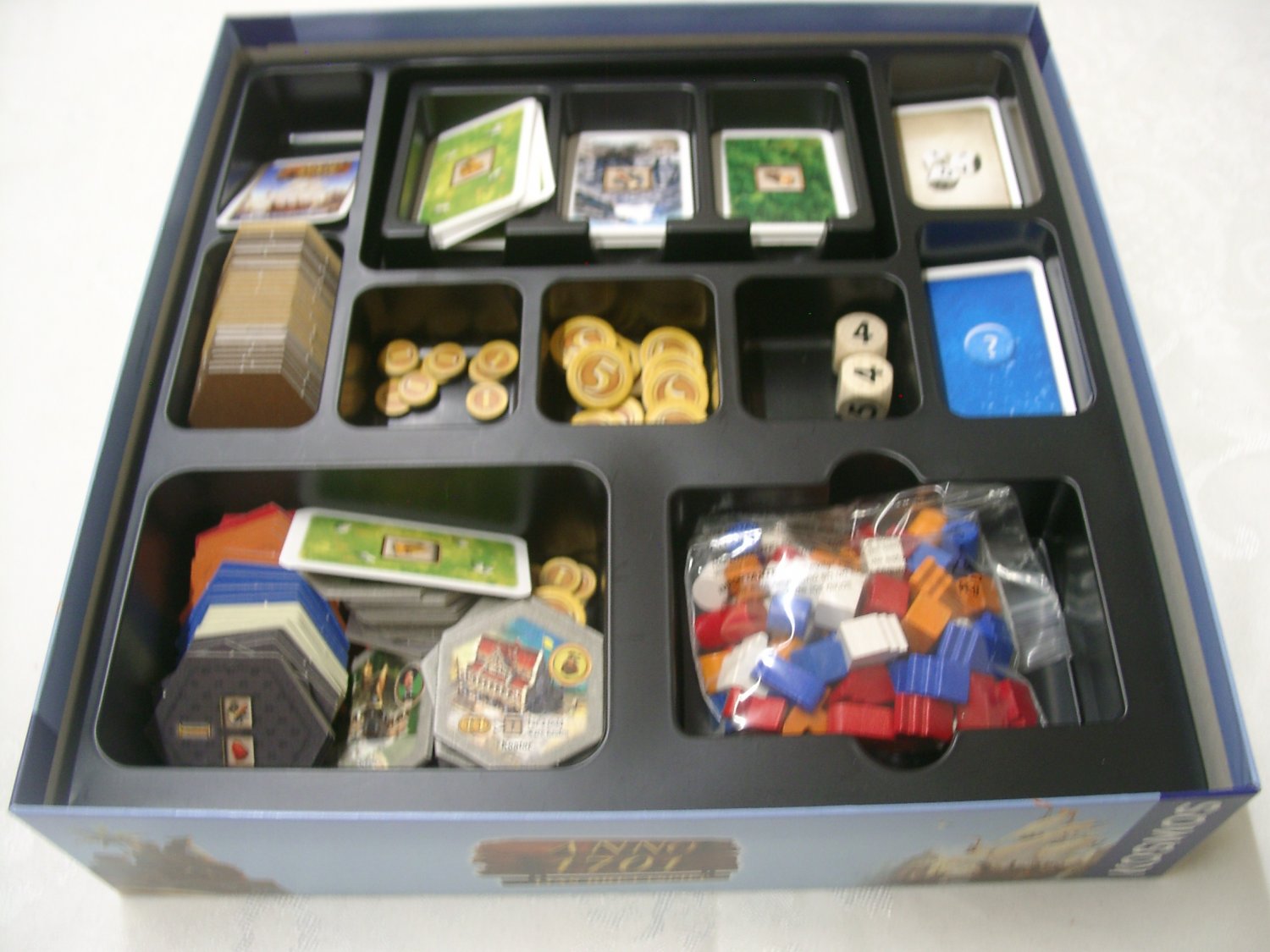
You can employ pirate ships to sabotage your opponents’ progress, but the deck is balanced toward growing & building rather than attacking the other player.Įra of Turmoil (base game) – the nastiest of the base game decks, the focus here is on developing heroes and buildings to support them to mitigate the effect of the action cards.Įra of Intrigue (Age of Darkness) – a religious clash looms on Catan between the worship of Odin & the followers of Christianity. The next bit of this review is a quick overview of each of the nine decks – three each in the base game, Age of Darkness & Age of Enlightenment – in “historical” order.Įra of Gold (base game) – a fast-playing deck where accumulating gold and creating a trade fleet are keys to victory. Each deck also has it’s own “character” – some are more concerned with speedy development while others encourage a player to hobble the other player by the judicious use of action cards and building powers. One of the interesting thematic ideas for the base game & the expansions is that each Theme deck reflects a period in the history of the isle of Catan. Contentment – public mood (Era of Prosperity).Wisdom – the currency of the “sages” (Era of the Sages).Sails – required to move & explore with ships (Era of Explorers).Cannons – required to fight pirates (Era of Explorers).General – “any resource of your choice” (Era of Explorers).The Age of Enlightenment Theme decks add a variety of new symbols as well: This variety allows for a great deal of freedom in building kingdoms – players are not constrained to follow one particular development path in order to accomplish their goals. Sea cards – which are used in the Era of Explorers deck.Foreign cards – which are placed in your opponents’ kingdom to undermine his development.Marker cards – which track various points & resources but are not physically a part of the geography of Catan.Metropolis – which further develop a city.Road Complements – which lay on top of a previously built much as a city is placed on top of a settlement.Extraordinary Sites – which are expansions that are neither units or buildings.Region Expansions – which are placed adjacent to resource-generating regions.The real changes in the game are because of new types of cards introduced in the various Theme decks: As this particular style of play has never interested me, I can’t comment on how well the revision has worked. This requires each player to have their own set of cards & “build” their deck. With the release of Age of Darkness, the revised rules for the Tournament version of The Rivals for Catan were published online.

If you have the entire set, you have 9 different Theme decks to choose from… and when you use the Duel of the Princes ruleset (included in the base game), you have another 84 different possible decks to play! The underlying game system is not changed by either of the expansion sets – in fact, what each box offers is 90+ cards divided up into three Theme decks. I’m going to take this opportunity to review both of the expansions, giving an overview of the changes incorporated into the game as well as a brief stroll through Catanian history. Well, two years have passed… and in that time span, Herr Teuber & the good folks at Mayfair have managed to put out two expansion boxes: the Age of Darkness (which was released in the fall of 2011) and the Age of Enlightenment (which just hit your local game store in the last week or so). I praised the quicker game play, the cleaner card interactions, the new structure of the game (particularly separating out the city cards into the theme decks), and then yammered on a bit about how much fun I was having getting a better version of a well-loved Euro classic to the table. Nearly two years ago, I reviewed the reboot of the Settlers of Catan Card Game for the Opinionated Gamers blog – and I gave The Rivals for Catan a glowing review. Reviewer: Mark Jackson (review copy of Age of Enlightenment was provided by the publisher) Times Played: 23x (Rivals for Catan), 10x (Age of Darkness), 3x (Age of Enlightenment).


 0 kommentar(er)
0 kommentar(er)
